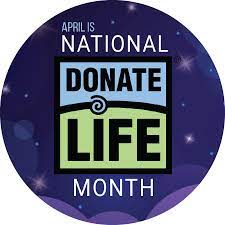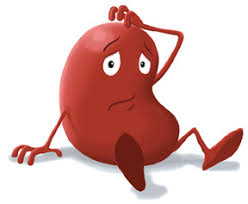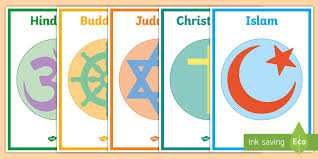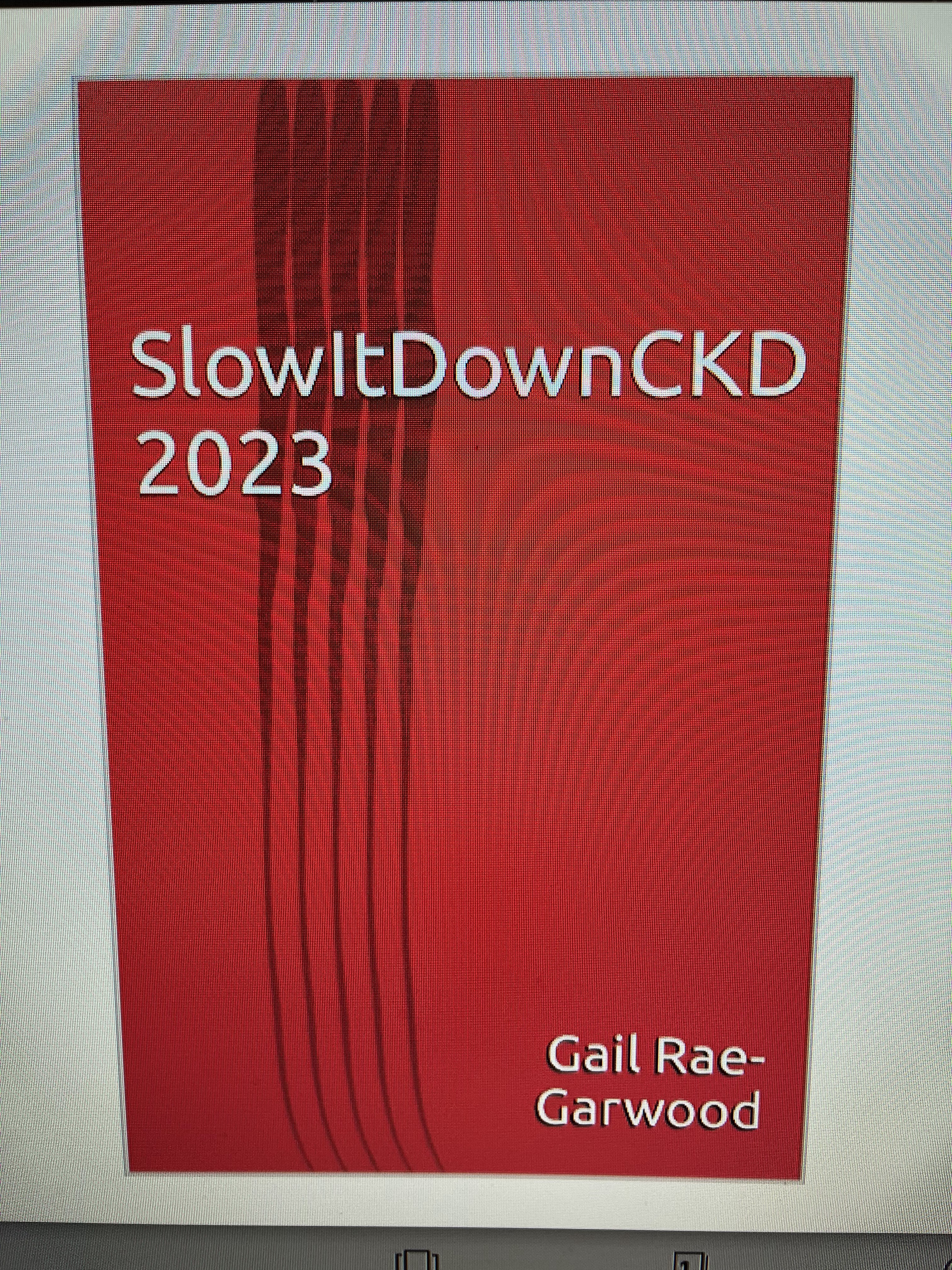It’s the second week of National Donor Month already. I did want to say congratulations again to all those who post on social medica that they’ve received their kidney… and not just this month.

I’d like to show you some of the activities for this month. You may want to join some of these observances. Thank you to Donate Life America for the following list:
- “National Donate Life Blue & Green Day– April 12, 2024
On National Donate Life Blue & Green Day, the public is encouraged to wear blue and green and to engage in sharing the Donate Life message and promoting the importance of registering as an organ, eye and tissue donor. - Blue & Green Spirit Week– April 6–12, 2024
Each day of the week leading up to National Donate Life Blue & Green Day is dedicated to a special theme, and will include: recognizing donors, volunteers and healthcare heroes; giving hope to those waiting; and engaging the public in fun at-home activities. - National Pediatric Transplant Week– April 21–27, 2024
National Pediatric Transplant Week focuses on the powerful message of ending the pediatric transplant waiting list. Throughout the week, clinical partners share their innovative work and patient stories (candidates and recipients), donor families whose children have saved and healed lives through organ, eye, and tissue donation are honored, and recipient families share their thanks and celebrate milestones. Donate Life America (DLA) would like to thank the United Network for Organ Sharing (UNOS), the American Society of Transplantation (AST), American Society of Transplant Surgeons (ASTS) and Transplant Families for their partnership in developing and promoting National Pediatric Transplant Week.”
By the way, this is all new to me. So new that I missed Donate Life Living Donor Day on April 3. For those of you who are living donors, I sincerely hope both you and the person or chain members you donated to are doing well and enjoyed the observances that day.

Donate Life America’s web page has an explanation of who they are for folks who haven’t heard of them before or folks that have but didn’t quite know what they did [like me]:
“Donate Life America is a 501(c)3 nonprofit organization leading its national partners and Donate Life State Teams to increase the number of donated organs, eyes and tissues available to save and heal lives through transplantation while developing a culture where donation is embraced as a fundamental human responsibility.
DLA owns, manages and promotes Donate Life℠, the national logo and brand for the cause of donation; motivates the public to register as organ, eye and tissue donors; provides education about living donation; manages the National Donate Life Registry at RegisterMe.org; and develops and executes effective multi-media campaigns to promote donation.”
I am stage 3B chronic kidney disease. I know little about donation or transplants. So, I need to know why there are all these celebrations and observances. Perhaps you too are curious. The Kidney Foundation answered my question:
“Many people who need transplants of organs and tissues cannot get them because of a shortage of donations. Of the 123,000 Americans currently on the waiting list for a lifesaving organ transplant, more than 101,000 need a kidney, but only 17,000 people receive one each year. Every day 12 people die waiting for a kidney. Organ and tissue donation helps others by giving them a second chance at life.”
Whoa! How can that be? Maybe religious beliefs forbid donation? As a Jew, I was taught that I need to be buried as I was born – whole. My Jewish Learning, my go-to site for clarifying anything I don’t understand about my religion offers the following:
“… there is widespread support for organ donation across the spectrum of Jewish observance, from Reform to haredi Orthodox. Some authorities, citing the injunction in Leviticus 19 not to stand idly by the blood of one’s neighbor, go further in suggesting that Jewish tradition mandates organ donation in certain circumstances. The Conservative movement endorsed that position in 1995, when it established that post-mortem organ donation is not merely permissible, but required. Some Orthodox figures also consider organ donation obligatory.”

Christianity, Islam, Muslim, Hinduism, and Buddhism are also in favor of organ donation. Rather than blanket approval of organ donation, many religions differentiate between the two types of donations: living and deceased. Remember, there may be different sects within the same religion and these sects may differ in their opinions regarding organ donation.
I think I mentioned in an earlier blog that I am donating my disease-ridden body to science instead. While my religion does not endorse this, there is so much wrong with my body that I feel it can offer many teaching lessons to researchers and scientists.
Life Source reminds us why donations – not only kidney donations – are so important:
- “In the United States, more than 100,000 men, women and children are on the national organ transplant waiting list ….
- Every 8 minutes, a new name is added to the ever-growing transplant wait list. Unfortunately, an average of 16 people die each day waiting for their second chance at a healthy life to arrive.
- ONE person – one registered organ donor – can save up to 8 lives through organ donation, and improve over 75 lives through tissue and cornea donation.”
I’ve mentioned the two types of kidney donation above. I had no idea there were two until I started writing the blog. Just in case this is new to you, too, here is the information about them from UC Davis Health. Notice that living donation is further divided into different categories:
“Donor kidneys come from two sources: deceased organ donors or living donors. Deceased donors are people who have suffered brain death after a head trauma or medical problem in the brain such as bleeding. The families of these patients make the generous decision to donate their organs. Patients who are on the transplant wait list are waiting for organs from deceased donors. It is not uncommon for patients to wait many years for a deceased donor kidney.

Kidneys can also come from living donors. There are three types of living donors:
- Living related donors (LRD) are donors who are blood relatives of the recipient. Usually these are parents, children or siblings.
- Living unrelated donors (LURD) are not blood related and are usually spouses or friends of the recipient.
- A third type of living donor is called an altruistic donor or non-directed donor. These donors volunteer to donate a kidney to any person in need without knowledge of the recipient. In these cases, the transplant wait list or donor paired exchange can be used to select a recipient.”
There will be more on donation in next week’s blog.
Until next week,
Keep living your life!






